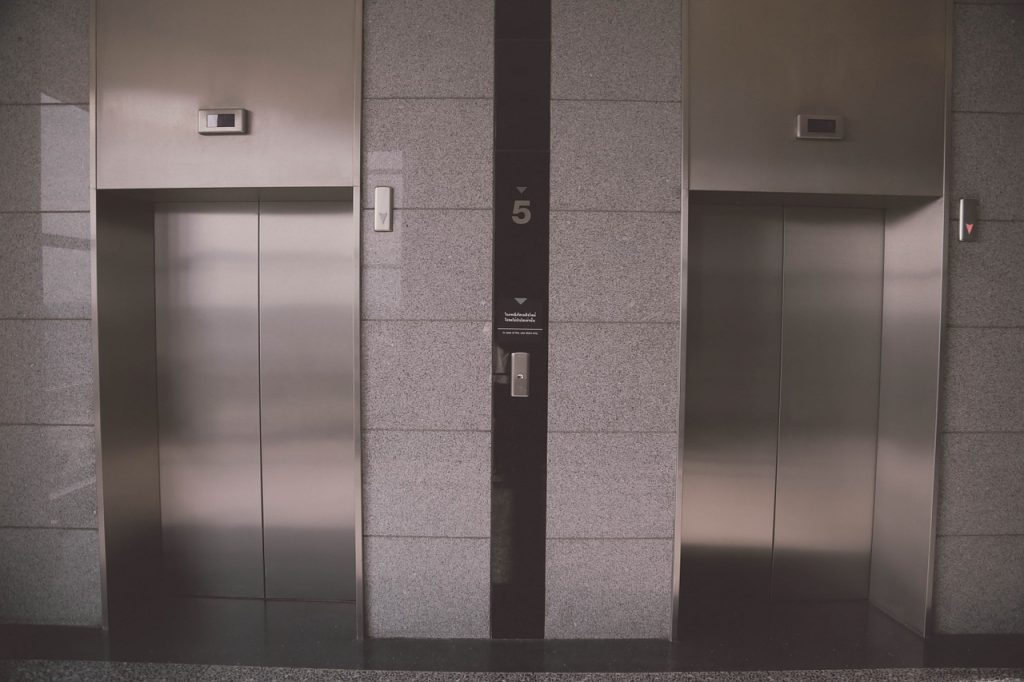What Is an Elevator? How They Work, Different Types, And Their Uses
What Is an Elevator? How They Work, Different Types, And Their Uses

Within just about every industry, there have been numerous changes over the decades. Industries such as software and computers have undergone some of the most rapid changes over the years. However, they’ve also significantly contributed to several different industries as they progressed.
When you push a button or a switch, you can call a metal box so that it can transport you to any floor that you desire. For buildings that are five or even four floors high, elevators have now become a mandatory piece of equipment. These contraptions make it easier for differently-abled persons to get where they need to be.
What Is an Elevator?
Elevators are better known as electric lift systems. They are used far and wide for transporting people and goods to different floors on tall buildings and they are even used in silos. Elevators are usually activated with the push of a button.
When you push the button on an elevator, the electric motors activate and the counterweight system comes into motion. The process can be thought of in the same way as a hoist or even hydraulic fluid rising on the inside of a piston. These are typically used in various industries such as manufacturing, agriculture, the health sector and many others.
If you didn’t already know, elevators are generally classified into different types based on the uses that people have. Most of the times, they are used for multistory construction projects or at locations where there are no wheelchair ramps. In essence, they are sometimes placed in locations where accessibility is an issue.
How Does a Lift Work?
Elevators function similar to that of the pulley system. Pulley systems are used to retrieve water from deep within wells. They are designed using a rope with a wheel and a bucket. The rope is first connected to the bucket and then passed through the wheel. This makes the process of gathering water from deep in the well much easier.
Elevators are similar to pulley systems. However, the main difference is that elevators function using many sophisticated technologies while pulleys are more manual. Elevators are also considered metal boxes that are connected to a metal rope.
The rope passes through the elevator’s sheave inside the engine room. The sheave acts as the wheel and it holds the rope securely. Since the system functions using a motor, you can turn the elevator on with just a push of a button. When the elevator is activated, it either goes up or down.
In order to construct an elevator, several important parts are required. These include the electric motor, the cabin, a speed controlling system, doors, a safety device, buffers, the drive unit and the rails.
Different Types of Elevators
Within the elevator world, there are several types. These include the capsule lift, the building lift, the hydraulic elevator, the pneumatic elevator, the tractor or cabin driven, the machine room-less elevator, residential elevators, and even freight elevators.
1. Hydraulic Elevator
Hydraulic elevators are typically powered by pistons that move within the cylinder. The movement occurs as the cylinder receives hydraulic oil. As the piston lifts the cab, the oil can be controlled by a special electric valve.
2. Pneumatic Elevator
These are designed with their very own external cylinder. The cylinder is a specially created self-supporting cylinder that includes a series of modular sections. These sections work wonders as they fit into each other without too much effort.
The tube is air shut since it was designed with sheet material. The head unit is located at the top and consists of controllers, valves and turbines. However, the lift car runs inside the cylinder.
3. Cable-Driven or Traction Elevator
Traction elevators are also known as cable-driven elevators and are one of the most popular types of elevators. Steel cables and hoisting ropes ensure that the motors are connected securely. For the most part, this type of elevator is also thought of as a gearless-traction elevator.
With this particular type, the cables and wires are connected to the car. The sheaves are located at one end while the other end is fixed to the counterweight. The counterweight travels via the guide rails up and down.
Lift maintenance is vital to ensure smooth and safe functioning.
